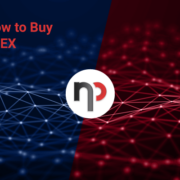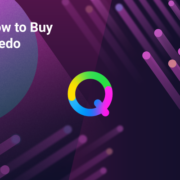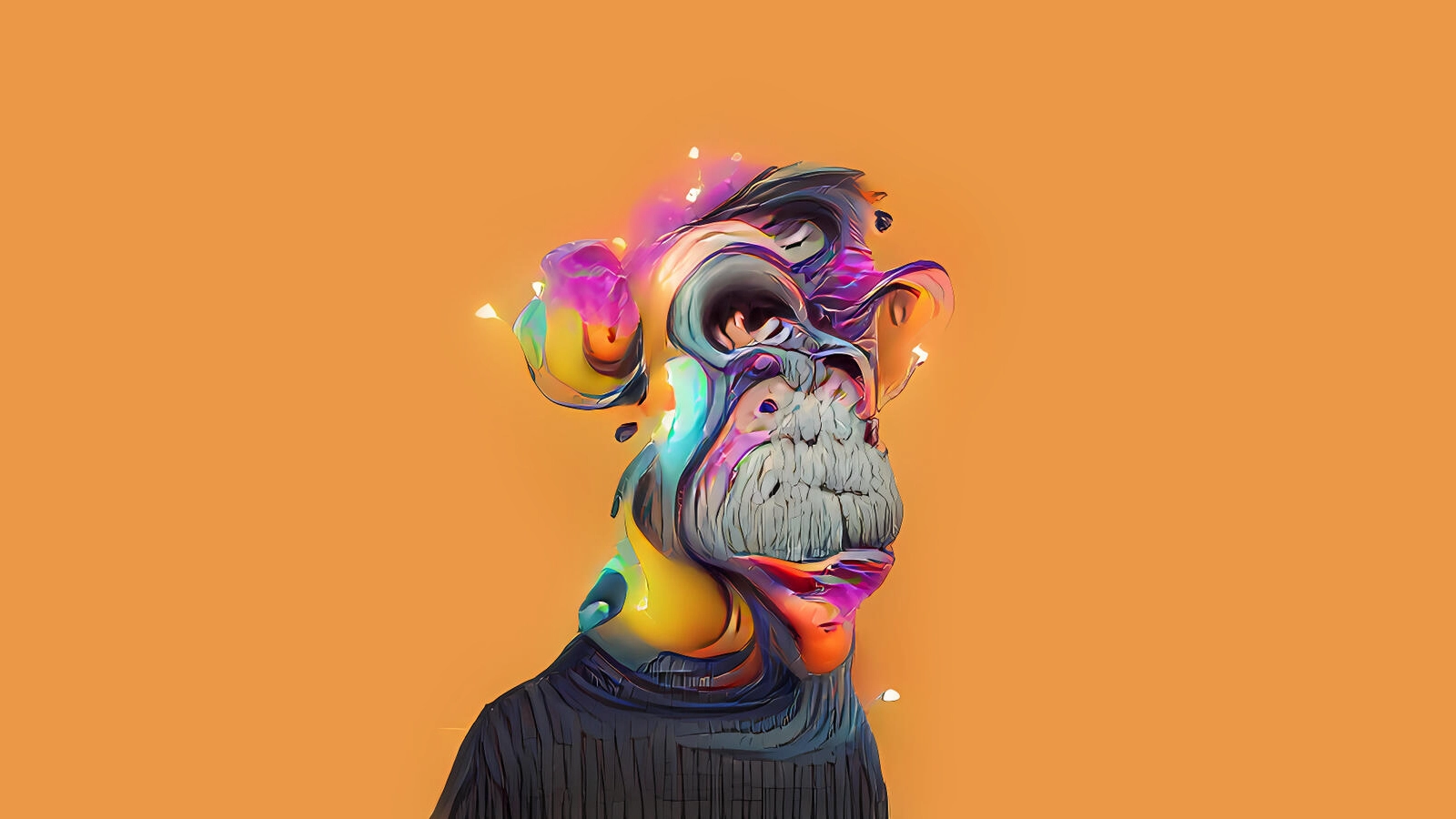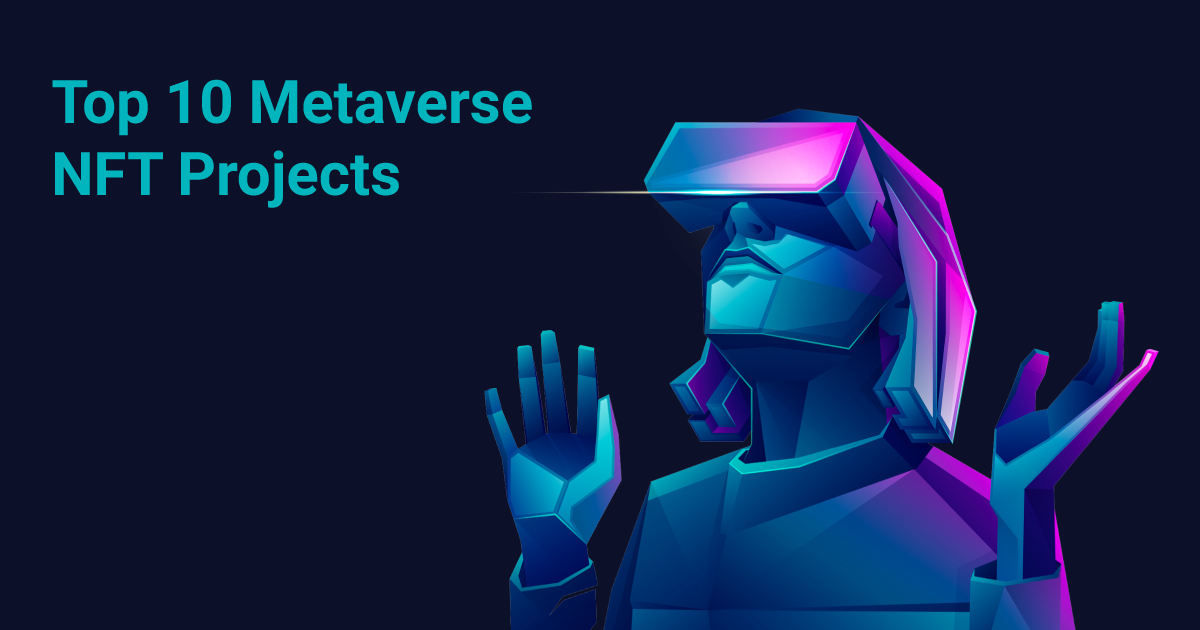
Aksel Piran & Artak Malkhasyan: Two Interviews on NFT Collecting
NFTs are all the rage these days. Recently, the prominent NFT artist Pak broke the record for the most expensive NFT by selling his work “Merge” to 28,983 collectors for $ 91,806,519. We sat down with two NFT enthusiasts to see if we should believe the hype and what’s next for this corner of the cryptoverse.

Aksel Piran is a long-time art connoisseur and collector. His approach to NFTs is as unusual as it is poetic.
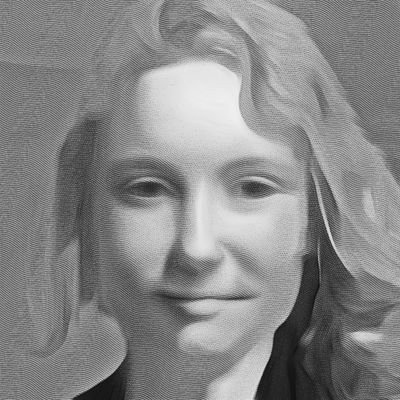
How Did Your NFT Collecting Journey Begin?
I’ve been collecting art for a long time, especially posters from various graphic artists, in this case, Signalnoise. Exactly one year ago this artist posted a piece for sale on MakersPlace. This was a poster that would sell for $50-$100. He asked us to bid, and, as a token of appreciation, I bid $500. He declined the offer. I was so shocked that this person would decline an offer that seemed very reasonable. That’s how I first found out about NFTs and immediately started buying: Even though I wasn’t able to grasp the whole potential of Web 3.0 but I understood that having artwork on the blockchain has revolutionary potential.
Do You Prioritize Aesthetic Value or Is It Mainly Speculation?
Initially, I was exclusively looking for aesthetic value, I didn’t consider market demands, scarcity, etc. That’s because I didn’t come to this from the coin side of things, I came to this from art — unfortunately, perhaps. In the beginning, I bought almost exclusively SuperRare, KnownOrigin, and later Foundation.
Would You Say That Soon We Will Have Exhibitions With Digital Art or Do You Think We’ll Move Away From “Real Life”? How Do You Think the World of NFTS Will Evolve?
So, how is the NFT “consumed”? At first, I thought that an NFT is something you should put in a digital frame, so you can see your NFT at home. I tried it, but, to be honest, they don’t look that great on the screen. But what was really important and impressive, what seemed to make sense was showing off on Twitter. This is the only reason why anyone wants to buy an NFT these days. I could talk to all the top artists on Twitter! I had not used Twitter before, I had maybe 9 followers and now I have close to 5000. Every time I buy a piece, all the fans of the author start following me. This, I think, is where the value is: It’s something social, it shows your taste, it shows that you belong to certain owners’ groups.
This year, I was spending a lot of time on Twitter with collectors and artists trying to understand the rules of the game. It was a very exciting moment. So, the NFTs will stay because they’re social and extremely addictive compared to buying art. Art, first of all, is very hard to resell. Even if the Sotheby’s auction accepts it, you’ll see your money back only 6-9 months later. They charge you a 10% premium and a 30% premium to the buyer. The transaction costs are staggering. When you buy art you know you’re overpaying and you end up putting the piece up in your house where only your guests see it. But when this concept meets social networks, and when you can resell them instantly within seconds, as well as interact with the artist, it becomes as addicting as drugs.
Is There a Particular Piece in Your Collection You Like Best?
Well, I have three favorite artists these days. I’m really into The Lost Poets collection by Murat Pak. I have many of them!
The second one is Malavida, a French-Canadian artist playing with colors and emotions. It’s very interesting because it’s abstract and universal at the same time. I own two digital pieces of her and physical also that I managed to find. I am also very proud — actually, this was the first collection I bought into — of my CryptoCubes by Han. I was the largest collector of crypto cubes. It’s the first collection that is in 3D and designed to be used in the Metaverse.
Would You Say It’s a Rich Man’s Game Overall?
I wouldn’t say it’s a rich man’s game. At a certain level, of course, it has become one, but last year it was everybody’s game. Right now you have plenty of ways to invest in this, even small amounts. You can buy into collections that are bankable, solid. I wouldn’t advise you to buy into speculative things unless you really know what you’re doing. The fact is that most of them fail, so unless you do a lot of research, just buy into one of the many new collections.
In The Lost Poets series, for example, you can buy a poet for 0.6-0.7 ETH. Still a lot of money for a lot of people, but it’s pretty affordable. Now, this doesn’t mean it will retain value, but at least, if you like it, it’s something that has a chance of appreciating or retaining value. This is what you want as a collector. Try to buy into things that make sense in the history of NFT art.
What Do You Think of This Postmodern Quality of Buying Things “For Shits and Giggles”? Memecoins, Etc. Are All Things That You Know Are Gonna Die Out. Is It a Symptom of the Times to Spend Money “Ironically”?
Absolutely, it’s a way of showing your coolness, it’s a social thing. When you buy something, it’s a statement. You buy, for example, Shiba Inu, it’s an investment of sorts but also a statement: “I own a dog coin or cat coin.” This is crypto land, it’s all of these at the same time.
After a certain time in crypto, your appreciation of money, labor, and effort becomes blurry. Suddenly, you can make a million dollars, but what did you do for this? Did you run a successful business, a successful restaurant for 10 years? No, but you are there. What happens then? And this happens every day, thousands of times a day. Even I made massive gains, though I didn’t need this money. I don’t even want to sell my NFTs, but it’s there. It’s a bit unreal!
Your children can inherit your NFTs.
Of course, there is that but the horizon of thinking in crypto is not that far. It’s not even been a year since this thing really took off. If you look at the charts, it really started during the confinements in China and Europe in early 2020. Before that, it was like an underworld.
What Does This Mean for Artists? Is This a More Viable Market for Them?
Yes, because now everybody in the middle of India with an internet connection can directly talk to a wide audience through social networks and sell everything. There is no more need to go and convince your local art gallery to organize an exhibition. Then the second one and then the third, all in the hopes of being recognized for your art. And I think that is a great thing. Plus, the absence of the middlemen gives translates to more revenue for the artist. Some artists even make more money with royalties than they do with selling art. Artists who operate in the world can watch their work become worth millions of dollars without getting anything from it! So a society is emerging where artists are probably better paid than Wall St traders. And I think this is a better world, a more interesting world. This is the first time in history!
Artak Malkhasyan, our second interviewee, is one of the most knowledgeable people on the CoinStats team. Read more about how his approach to NFTs has shaped up.
How did your story with NFT collecting begin?
The reason why I first became interested in NFTs is quite prosaic: I just followed the hype. Then it became a buzzword in my bubble: It was all NFT this, NFT that. Everyone had something to say. They’d bring up NFTs in all sorts of contexts, no matter if it was relevant. Like, “Oh, should we turn this trashcan into an NFT and get rich?” That piqued my curiosity, I decided to figure NFTs out.
I know that you’ve been with CoinStats for quite some time now. Where do NFTs fit at CoinStats?
NFTs are also investment vehicles so recently we thought our users should have the ability to display and track their collections on CoinStats also. It hasn’t even been a month since we’ve launched NFT support on mobile but we are already overwhelmed with the positive feedback. As I was the one responsible for the addition of the NFT support feature, I really had to do my research.
What Was Your First NFT?
My first and ONLY NFT so far, you mean. I stumbled upon this peculiar NFT project called Loot. The visual elements of these NFTs were just lists of “magical items” (swords, shields, etc.) against a black background. They were quite expensive. I tried taking part in minting these NFTs but failed. As I proceeded with my research, I understood that there are ways in which people find and target projects with potential. There are tools you can use to find projects that generate lots of volume, and when I found one that seemed promising, I decided to mint and got an image of a young warlord woman in an Avatar-like style.
My first ever NFT really taught me a lot about the process. After some time I even got an offer to sell “her” on OpenSea for 0.2 ETH ($700-800 at the time). That was a decent offer, considering I had spent only about $200 minting it, but I refused to sell. Now I have listed it for 1.5 ETH. If it works out, it works out, but speculation wasn’t my primary goal here. Although, of course, speculation is a huge part of the NFT rationale.
What Has Your Experience With NFTS Taught You?
First of all, I think the biggest issues with NFTs are liquidity, price discovery, and increased market segregation. You can have someone offer you 1 ETH on OpenSea, but if you only use Rarible, you’ll never even find out. What CoinStats plans to do in the NFT department is aggregate all those marketplaces and show them all in one place. This way the users won’t have to peruse all those smart contracts and can just have them on CoinStats immediately. This will solve the third main issue with NFTs.
Another conclusion I’ve come to is that the common criticism NFTs face — that they possess no “real” value — is invalid: The point has never been to speculate on valuable things. If you look back, during the Tulip Mania back in the 17th century, for example, a single tulip could be worth a whole house. What does it matter if an attribute’s rarity is artificial? It still makes sense in this game. And it’s not just a game, it’s also an opportunity, a trend, a community.
Is There More to NFTS Than Speculation?
Of course! Just like there is so much to Bitcoin than speculation. It’s just that people are this way, they want it fast and easy. This is why speculation has become the main reasoning behind it all.
There is another idea closely tied to NFTs, the metaverse. It’s like a virtual world, an environment where elements from real life merge with elements from games and the internet. In the metaverse or maybe in the context of a particular game within it, there is real utilitarian value in spending your digital assets. For example, remember The Sims? If in The Sims, you control the characters through the keyboard, here you are the character.
It’s like a role-playing game, except way more real. Now in the case of Loot, the items listed on each NFTs are supposedly what you’ll have in the game the creators will launch. There are many such projects. One of my CoinStats colleagues, for example, buys “planets” in a Solana-based project, mints and breeds them to get better “planets”, and on those planets, economic transactions supposedly occur that bring him money. It’s fascinating!
Then there’s a musician who, say, has a song on Spotify. He has made derivative NFTs of that song and distributed 50% of his Spotify earnings from that song among the owners of those NFTs.
How Do You See the Future of NFTS?
To be able to predict the future, we must look at what we have now. We have tons of NFTs being sold for low prices on the primary market. On the secondary market, we have few NFTs that are quite expensive. And they all get more expensive after the first purchase in the secondary market, meaning selling them gets more challenging.
If some kitten NFT of yours is worth 800 ETH, it has only 10 potential buyers worldwide, and most of the time none of them are interested in that kitten. What can you do now, after you’ve spent like 400 ETH on it? Since many people find themselves in these situations, fractionalization protocols are becoming more and more popular. Essentially, it’s about dividing up an NFT into many derivative tokens and selling them instead. It’s an idea very familiar to people in the art world: There are “investment pools” where a group of people invests in an expensive piece of art, for example, a Van Gogh.
Regarding other aspects of the future of NFTs — I am sure NFTs will majorly democratize art monetization processes and the emergence of new artists. It’s similar to what YouTube did for rappers or pop music. I think it pays to see NFTs as something beyond pure speculation because there is so much potential here: Now anyone can create an NFT and promote his or her artwork by any possible means. No need to cultivate an extensive network, fly many miles or pursue any other non-digital methods. It’s all about his or her technical knowledge, social media skills, and ability to navigate through this new terrain. This is immensely valuable and definitely has a future.
